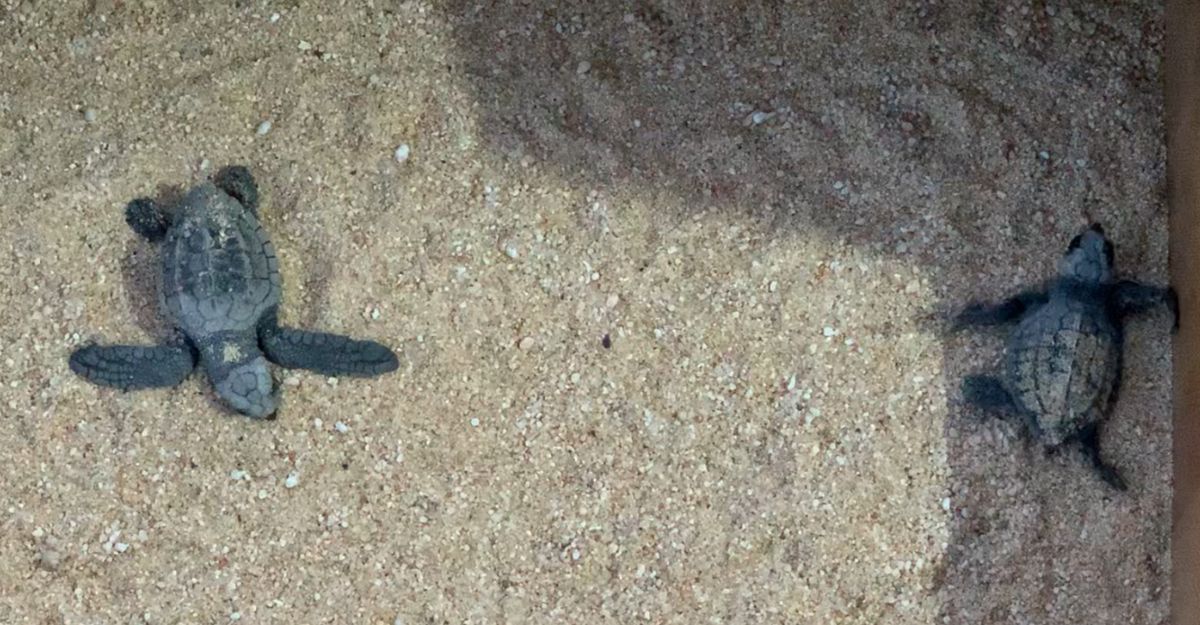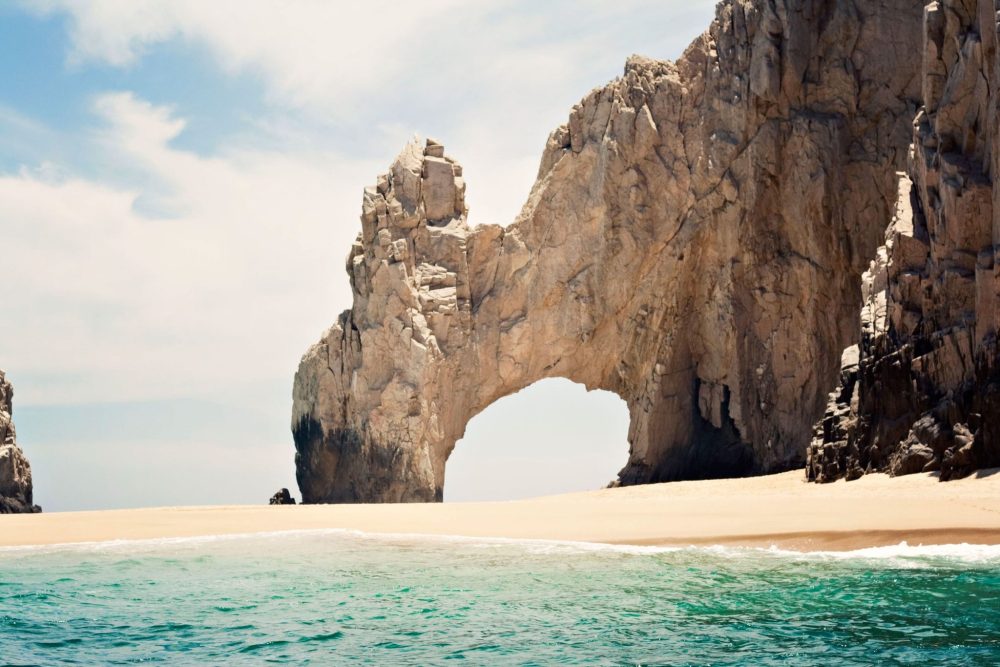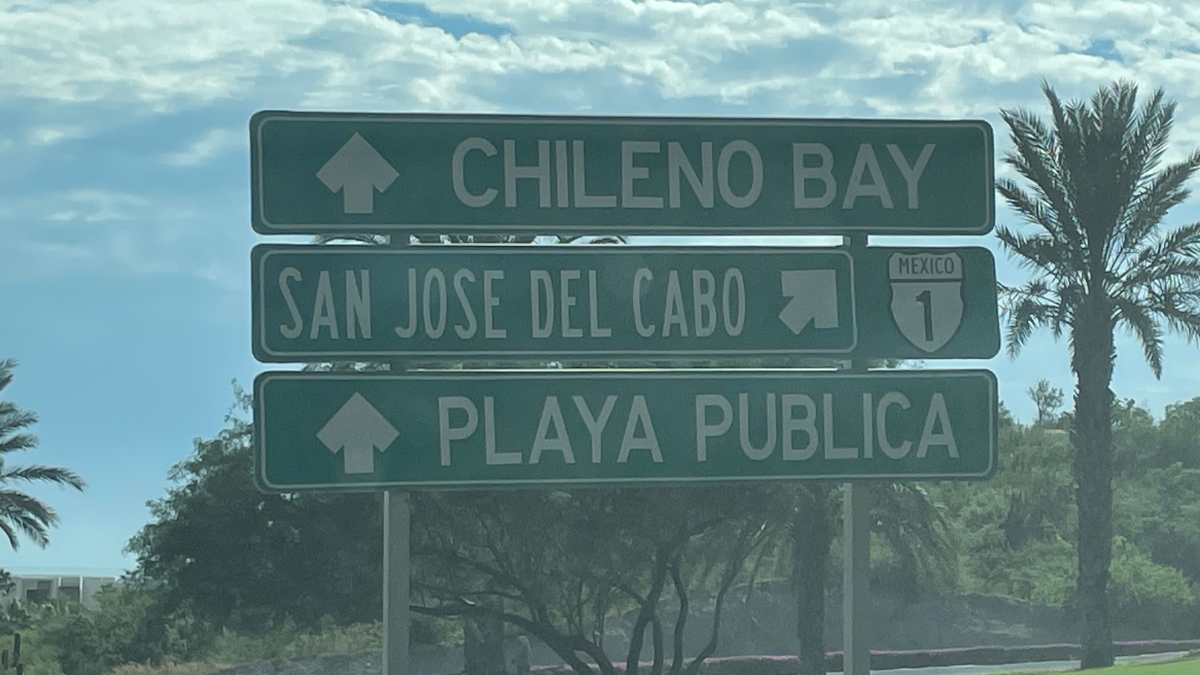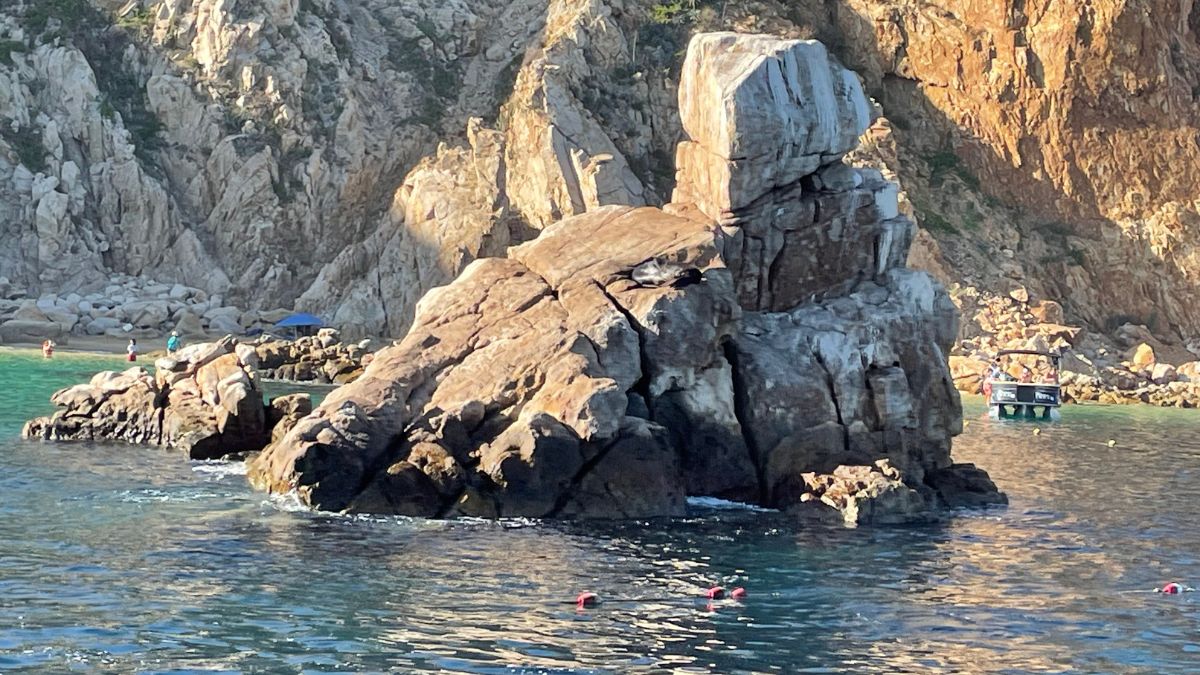In the idyllic setting of Los Cabos, a remarkable natural event unfolds each year from late July to November: the hatching of sea turtles.
Join a mesmerizing turtle hatching and releasing event in Cabo and Los Cabos, a testament to nature’s resilience and beauty and a call to action for conservation.
What is the time of year for sea turtles to hatch?
The turtle hatching and release season in Los Cabos occurs from late July through November, with the peak activity in August and September.
When is the turtle release in Cabo?
The turtle release in Cabo typically occurs from late July through November, with the peak activity happening in August and September.
What are the best places to witness sea turtle hatching?
The best places to witness turtle hatching in Los Cabos include Playa Las Viudas (Widows Beach), Playa Chileno, Playa Santa Maria, Playa Palmilla, and the Cabo San Lucas Marine Preserve.
Each location offers a unique viewing experience, and guided tours can enhance the chances of witnessing this natural event.
Where can I go to participate in turtle conservation in Los Cabos?

You can participate in turtle conservation efforts at various hotels and resorts in Los Cabos that support conservation, like the Hyatt and Hilton.
Tour operators such as Cabo Outfitters and Cabo Trek offer specialized tours for witnessing and participating in turtle hatching. Volunteer opportunities are also available through local conservation groups.

Occasionally, other species like the Leatherback (Dermochelys coriacea), Green turtles (Chelonia mydas), and Hawksbill (Eretmochelys imbricata) may also nest in this region.
Still, they are less common compared to the Olive Ridley.
Significance of Turtle Hatching Season

From late July through November, with a peak in August and September, the shores of Los Cabos come alive in a spectacular natural display. Hundreds of Olive Ridley sea turtles are known for their remarkable journey back to their birthplace. They return to these sands to continue the cycle of life.
This period marks a time of wonder and transformation for the turtles and the many observers who gather to witness this annual event.
The turtle hatching season fully displays nature’s resilience and beauty. The beaches that usually serve as tranquil retreats or bustling hubs of activity transform into cradles of life, safeguarding the future of these magnificent creatures. This event is more than a spectacle; it’s a powerful reminder of the delicate balance of our ecosystem and our role in preserving it.
For the people of Los Cabos, the turtle hatching season is not just an ecological event but a cultural and environmental touchstone. It embodies the community’s deep-rooted respect and commitment towards preserving their natural heritage.
The excitement and anticipation that build up around this time each year reflect a collective effort towards conservation and a shared hope for the future of these sea turtles.

The Turtle-Hatching Process

Return of the Turtles
The turtle hatching process in Los Cabos begins with an awe-inspiring natural pilgrimage.
Adult female turtles, often Olive Ridleys, embark on an instinctive journey back to the very beaches where they were born. This remarkable migratory ritual, ingrained deeply in their instincts, can span thousands of miles across the ocean.
The turtles’ return is guided by an extraordinary internal navigation system, which scientists believe is influenced by the earth’s magnetic fields.
Upon reaching their natal beaches, these female turtles prepare for the critical task of laying their eggs.
The Nesting Ritual
Once they arrive at their birthplace, the turtles engage in a delicate and labor-intensive nesting ritual.
Under the cover of night, the female turtles make their way onto the beach to avoid predators and the harsh sun.
They select a spot – often instinctively choosing locations that offer the best chance for their offspring’s survival – and create a nest.
Using their rear flippers, these turtles dig a nest in the sand, carefully crafting it to the proper depth and dimensions.
This nest will incubate their eggs, a haven until they hatch. Factors like sand temperature, moisture, and the distance from the shoreline influence the choice of the nesting site.
The sand’s temperature plays a crucial role in determining the sex of the hatchlings, a fascinating aspect of reptilian biology.
From Eggs to Hatchlings
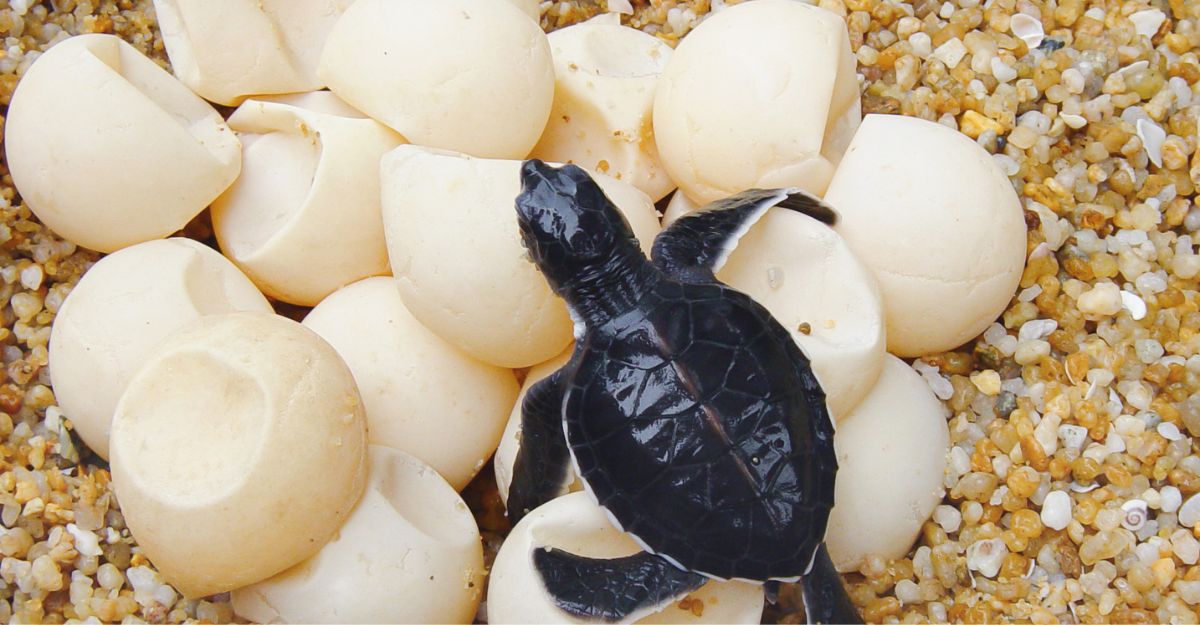
The incubation period lasts approximately 60 days. During this time, the developing turtles transform remarkably from tiny embryos to fully formed hatchlings, ready to take on the world.
Male or Female
The temperature of the sand not only influences the development speed of the embryos but also plays a crucial role in determining their gender. Warmer temperatures generally produce more female hatchlings. In comparison, cooler temperatures favor the development of males.
Participating in Turtle Conservation

Hotels and Resorts Supporting Conservation
In Los Cabos, various hotels and resorts have taken a proactive role in conserving and protecting sea turtles. Those establishments recognize the importance of these creatures to the region’s ecological and tourist appeal. Properties like the Hyatt and Hilton are at the forefront of these conservation efforts.
These establishments often participate in programs that monitor turtle nests on their beaches. Within the program, they safeguard them from threats and ensure a higher survival rate for the hatchlings.
They often collaborate with local conservation groups and authorities, providing resources and support for these initiatives.
Some resorts also organize educational programs for their guests, allowing them to learn about turtle conservation and witness the hatching process firsthand. This raises awareness and fosters a deeper connection between tourists and the local environment.
Joining Turtle Tours
Tour operators such as Cabo Outfitters and Cabo Trek play a pivotal role in turtle conservation efforts in Los Cabos. They offer specialized tours that allow visitors to participate in and witness the turtle hatching process. These tours are designed to be informative and engaging, providing guests with valuable insights into sea turtles’ lives and their challenges.
These tours often include guided beach walks to observe nesting sites and opportunities to witness the release of hatchlings. They also offer educational talks about the importance of conservation.
By participating in these tours, visitors gain a deeper understanding of marine conservation and contribute to the preservation efforts, as part of the tour proceeds usually support local conservation projects.
Volunteer Opportunities
Numerous volunteer opportunities are available for those seeking to actively participate in turtle conservation in Los Cabos. Visitors can join local conservation groups to monitor and protect turtle nests, assist in data collection, and help release hatchlings into the ocean.
These volunteering experiences are often available through conservation organizations, some resorts, and tour operators. They provide a hands-on approach to conservation, allowing individuals to contribute directly to preserving these magnificent creatures.
Best Places to Witness Turtle Hatching
Beaches to Visit
Los Cabos is renowned for its picturesque beaches, many of which serve as prime locations for observing the awe-inspiring turtle hatching process. Each beach offers a unique experience against Los Cabos’ stunning natural beauty.
- Playa Las Viudas (Widows Beach): Known for its serene environment and smaller crowds, Playa Las Viudas is an excellent spot for those hoping to witness turtle hatching in a more tranquil setting.
- Playa Chileno: This beach is famous for its clear waters and family-friendly atmosphere. It’s also a recognized turtle nesting site, making it an excellent choice for visitors interested in relaxation and turtle conservation.
- Playa Santa Maria: A lovely horseshoe-shaped bay known for its calm waters and snorkeling opportunities. The beach’s protective cove makes it an ideal nesting ground for turtles.
- Playa Palmilla: Offering a blend of luxury and nature, Playa Palmilla is a great spot for sunbathing, swimming, and witnessing the turtle-hatching phenomenon, especially near the Palmilla Cove area.
- Cabo San Lucas Marine Preserve: While not a beach, this marine preserve area is crucial for marine life, including sea turtles. Boat tours in this area provide opportunities to learn about marine conservation, including efforts to protect sea turtles.
Timing Your Visit
Timing your visit is key to maximizing your chances of witnessing turtle hatching. The turtle hatching season in Los Cabos typically runs from late July to November, with the peak months being August and September. During this time, the chances of seeing hatchlings make their way to the sea are higher.
Visiting during the early morning or at dusk can be particularly rewarding, as these are times when hatchlings are most likely to emerge. Remember that turtle hatching is a natural process and can be unpredictable.
Joining a guided tour can increase your chances of witnessing this event, as local experts know the most active nesting sites and times.
For a truly immersive experience, consider participating in a guided night tour. Conservation experts often lead these tours and can provide a unique opportunity to learn about the turtles while experiencing the magic of their nocturnal journey to the sea.
Protecting the Turtles for Future Generations
Impact of Conservation Efforts
Conservation efforts in Los Cabos play a pivotal role in ensuring the survival and health of sea turtle populations. These efforts, ranging from habitat protection and anti-poaching measures to public education and scientific research, have a significant and positive impact on turtle populations.
By safeguarding nesting sites and reducing threats from human activities, these initiatives help maintain the delicate balance necessary for turtles’ survival.
The success of these programs is evident in the increased number of turtles returning to nest each year, indicating a healthier, more stable population.
How Tourists Can Help
Tourists play a crucial role in turtle conservation and can contribute significantly by following a few simple guidelines:
- Respect Nesting Sites: Avoid disturbing marked turtle nests on beaches. Keep a safe distance to prevent any interference with the hatching process.
- Minimize Light Pollution: Use lights sparingly at night near beaches. Artificial lighting can disorient hatchlings and lead them away from the sea.
- Avoid Littering: Keep beaches clean by disposing of trash properly. Litter can pose a threat to turtles and other marine life.
- Support Conservation Programs: Participate in guided tours and volunteer programs contributing to conservation efforts.
- Educate Yourself and Others: Learn about sea turtles and share your knowledge. You can work with others to raise awareness about the importance of conservation.
A Call to Action for Conservation
As hatchlings bravely trek to the sea at sunset, Los Cabos’ beauty reminds us of our duty to protect nature. Sea turtle survival is a collective responsibility, not just for conservationists but for all, locals and tourists alike.
As a traveler to this magnificent land, you have the power to make a difference. Engaging in responsible tourism and respecting natural habitats helps preserve wildlife, contributing to a lasting conservation legacy.
Let your visit to Los Cabos be more than a vacation. Let it be a step towards a sustainable future where the marvel of turtle hatching can be witnessed for generations. Embrace the role of a conservation ambassador in Los Cabos and every corner of the world you explore.
Together, we can preserve nature’s beauty and wonders, like a hatchling’s first steps, for future generations to cherish.
In the words of Jacques Yves Cousteau, “The sea, once it casts its spell, holds one in its net of wonder forever.” Let’s keep this wonder alive. Join us in the mission to protect and preserve, and carry this message of conservation wherever you go.

